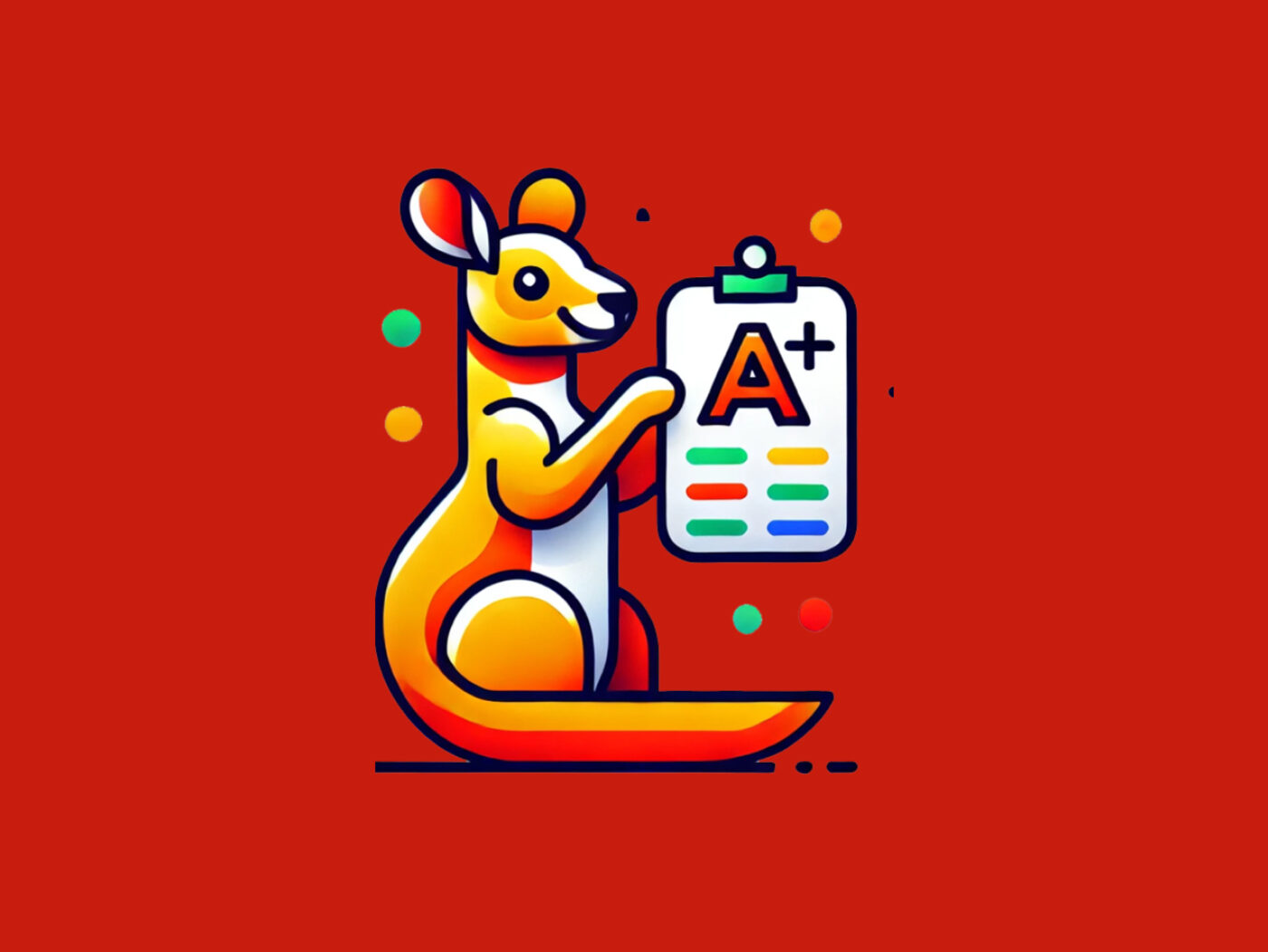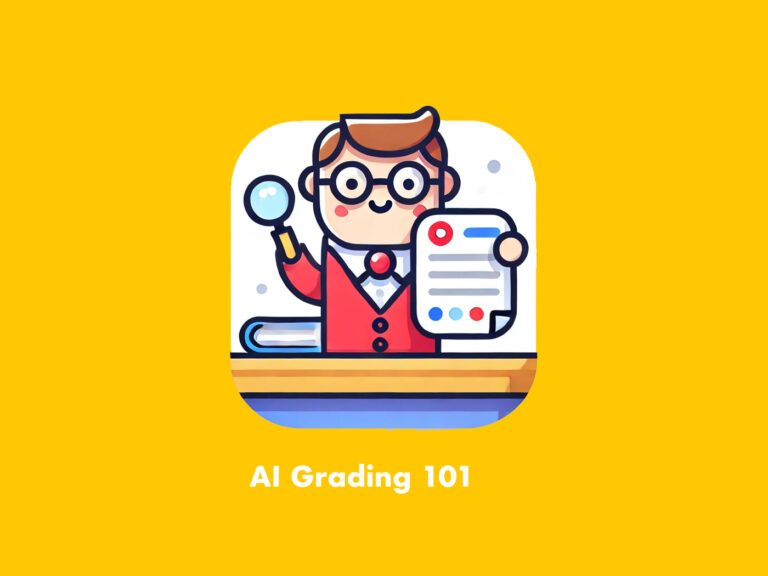Artificial intelligence (AI) is transforming education, and ChatGPT is at the forefront of this change. From assisting students with their assignments to helping educators grade papers, ChatGPT can save time and improve the quality of feedback when used effectively. However, the results you get from ChatGPT depend largely on the prompts you provide.
In this guide, I’ll teach educators how I write better prompts everyday for academic grading. By mastering the art of prompt engineering, you can optimize ChatGPT’s grading results and responses and make it a valuable AI grader to enhance your grading workflow.
Why Focus on Better Prompts for Grading?
The quality of the input directly affects your grading output. A poorly framed prompt may result in vague, unhelpful, or even incorrect grading scores. On the other hand, well-designed prompts can:
- Provide clearer insights into student work.
- Save time by automating repetitive grading related tasks.
- Deliver accurate and detailed feedback, enhancing the learning process.
To achieve these results, educators need to understand ChatGPT academic prompts and how to fine-tune them for optimal performance.
Key Principles of Prompt Engineering in Education
Before diving into examples, let’s look at some core principles for designing effective prompts:
1. Be Specific
Avoid vague instructions. ChatGPT works best when it knows exactly what you’re asking for. Include details such as the grading rubric, subject matter, or key areas of focus.
2. Use Context
Provide enough background information. For example, include the assignment’s purpose, learning outcomes, or a sample response to guide ChatGPT’s evaluation.
3. Set the Tone and Format
Specify the tone of feedback (e.g., constructive, encouraging) and the format you’d like (e.g., bullet points, detailed paragraphs).
4. Iterate and Refine
Prompts can always be improved. Experiment with different phrasings and evaluate the quality of ChatGPT’s responses until you’re satisfied.

Examples of Effective Prompts for Academic Grading
1. General Feedback on an Essay
Instead of:
“Grade this essay.”
Try:
“You are an academic grader evaluating a high school essay on climate change. Provide detailed feedback based on clarity, argument structure, use of evidence, and grammar. Conclude with a grade out of 10 and suggest two areas for improvement.”
2. Rubric-Based Grading
Instead of:
“How good is this answer?”
Try:
“Evaluate this response based on the following rubric: 1) Understanding of the topic (40%), 2) Use of supporting evidence (30%), 3) Clarity and grammar (20%), and 4) Originality (10%). Provide a score for each criterion and explain your reasoning.”
3. Improving a Student’s Work
Instead of:
“Fix this essay.”
Try:
“Review this student essay and suggest revisions to improve its structure, clarity, and argumentation. Provide examples where possible to illustrate your suggestions.”
4. Assessing Short-Answer Questions
Instead of:
“Check this answer.”
Try:
“You are grading a short-answer response to the question, ‘What is the significance of photosynthesis?’ Assess the accuracy, completeness, and relevance of the answer. Use plain language to provide constructive feedback.”
Advanced Tips for Optimizing AI Grading Prompts
1. Combine Roles and Instructions
Example:
“You are a history professor grading a university-level essay on the American Revolution. Analyze the argument’s coherence, depth of research, and adherence to APA citation guidelines. Provide a grade and highlight two strengths and two weaknesses.”
2. Encourage Objectivity
Use prompts that minimize bias, such as:
“Evaluate this student’s work purely based on the provided rubric. Do not consider outside knowledge or assumptions.”
3. Set Word Limits for Feedback
Example:
“Provide feedback on this 500-word essay in no more than 150 words. Focus on clarity and relevance.”
4. Train ChatGPT on Your Grading Style
If you consistently use specific feedback patterns, include a sample in your prompt:
“Here is a sample of my grading style: [Insert example]. Follow this approach to grade the attached essay.”
Common Mistakes to Avoid in AI Grading Prompt Engineering
1. Overloading the Prompt
Avoid including too many instructions in one prompt, which can confuse the AI. Break it into steps if necessary.
2. Using Ambiguous Language
Replace terms like “analyze this” with more concrete phrases like “evaluate the clarity of the argument and use of evidence.”
3. Skipping Context
Without clear context, ChatGPT may generate generic responses. Always include assignment details, grading criteria, or examples.
Why Use ChatGPT or AI Grader App for Grading?
When paired with well-designed prompts, ChatGPT and AI Grader App can:
- Accelerate the grading process, especially for large classes.
- Standardize feedback, ensuring all students receive consistent evaluations.
- Encourage self-reflection, as students can review AI-generated feedback alongside educator input.
Final Thoughts
Mastering prompt engineering for education takes practice, but the payoff is significant. By creating tailored ChatGPT academic prompts, educators can enhance the efficiency and quality of their grading processes. Start small, experiment with different approaches, and adapt based on your needs.





